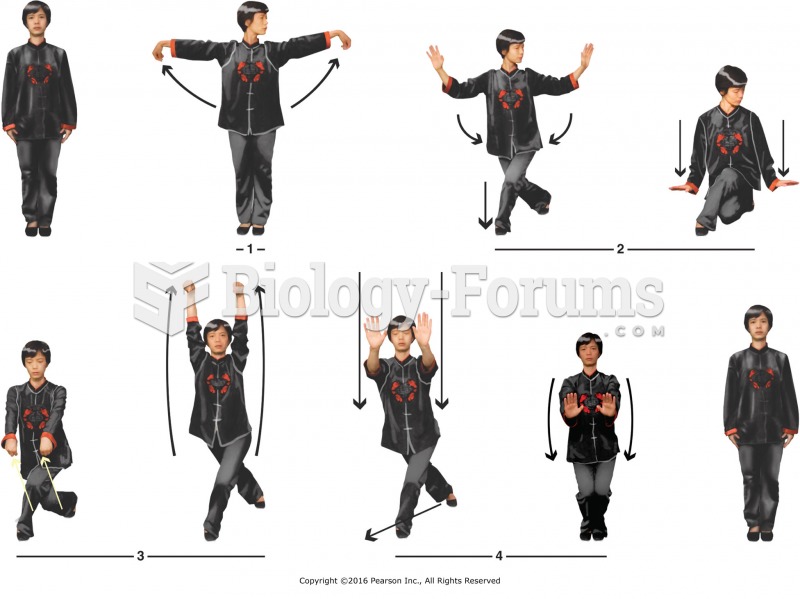|
|
|
Though newer “smart” infusion pumps are increasingly becoming more sophisticated, they cannot prevent all programming and administration errors. Health care professionals that use smart infusion pumps must still practice the rights of medication administration and have other professionals double-check all high-risk infusions.
The ratio of hydrogen atoms to oxygen in water (H2O) is 2:1.
The most common treatment options for addiction include psychotherapy, support groups, and individual counseling.
In the United States, there is a birth every 8 seconds, according to the U.S. Census Bureau's Population Clock.
Critical care patients are twice as likely to receive the wrong medication. Of these errors, 20% are life-threatening, and 42% require additional life-sustaining treatments.







